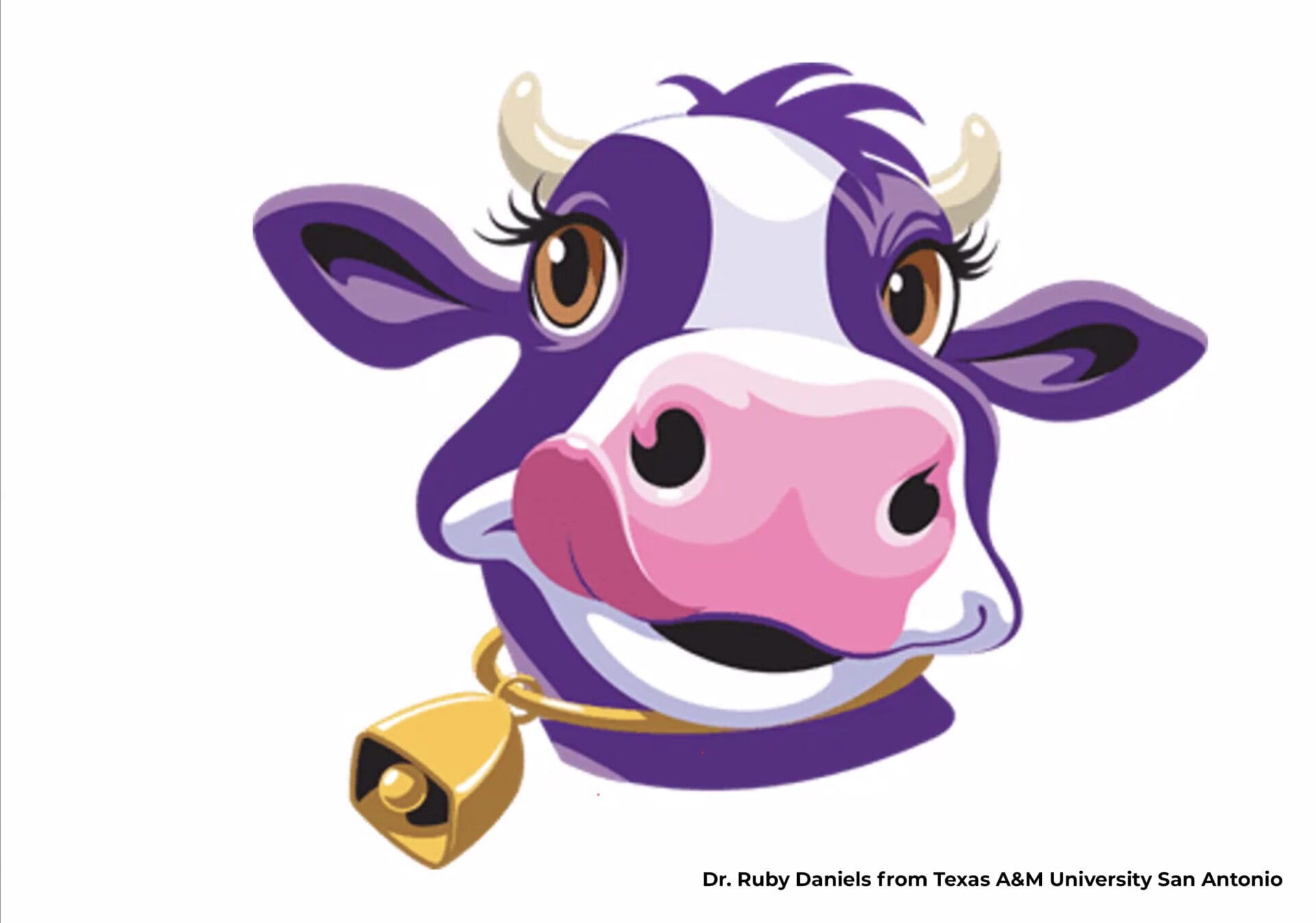Helping Students Avoid LinkedIn Blunders
The National Convergence Technology Center (CTC) recently welcomed Dr. Ruby Daniels from Texas A&M University San Antonio to discuss her research into common LinkedIn blunders that students make. This presentation was part of the CTC’s new “Brown Bag” webinar series – half-hour midday presentations on special topics of interest to IT faculty. You can watch the webinar recording here. Below are some of the highlights of Dr. Daniels’ talk, which focused on research she led that examined 340 LinkedIn profiles from 89 community colleges across 34 states. While it’s easy to find any number of resources on LinkedIn best practices and strategies, not many have explored whether people are actually following those practitioner tips. 
- Of the 340 profiles studied, 23% included no photo. Dr. Daniels recommended a professional-looking image of the LinkedIn profile owner be posted, rather than pictures of pets or generic graphic images. A strong photo creates an important connection with the LinkedIn user viewing the profile.
- Likewise, 31% of the profiles had nothing posted in the “About” section, which Dr. Daniels calls LinkedIn’s most important section. More troubling, a majority of those who did put something in the “About” section did a below-average job (based on the studies scoring system) of selling themselves. Dr. Daniels described the concept of the “purple cow,” which emphasizes the need to stand out from the crowd. Students can’t afford to be “brown cows” that disappear into the background and can be easily overlooked. The “About” section is that portion of the LinkedIn profile that allows the student to explain why they are a purple cow. In other words, why are they different from other job applicants?
- Of the 340 profiles studied, 75% did a below-average job of explaining their past job experience. In some cases, the profiles listed the company’s name with no explanation. Other profiles listed “unemployed” or “not applicable,” which is not a good idea. Students must find ways to explain in detail how past job experience is relevant and noteworthy to the career they’re pursuing. Even entry-level retail jobs deliver valuable experience in customer service and communication.
- Writing errors were also a concern – 39% of the profiles had six or more errors in spelling, grammar, or punctuation, which can be a huge turn-off to employers. Careful proofreading, as always, is essential.
- Dr. Daniels recommended students consider selling themselves on LinkedIn much like a business considers selling a product. This means that student must identify their five Ps of marketing: product (the student’s knowledge, skills, and abilities), place (where does the student want to live), price (what salary and benefits does a student want to earn), promotion (how will the student spread the word about his/her availability), and – most important of all – positioning (what makes that student better than other applicants, which is where the purple cow comes into play).
- Dr. Daniels believes the most important takeaway from this study is the need for students to effectively communicate how are they a purple cow. A more traditional way of looking at this is to identify the unique value proposition. Here are three questions to consider:
1. What skills do you have that others applicants do not have?
2. When, in the past, have you been the “go to” person to solve a problems others could not fix?
3. What is the one thing you want potential employers to remember that makes you better than the other applicants?
You can download a one-page handout on some of these LinkedIn best practices here .
If you’d like to be added to the Brown Bag webinar invite list, email us at nationalCTC@collin.edu .
